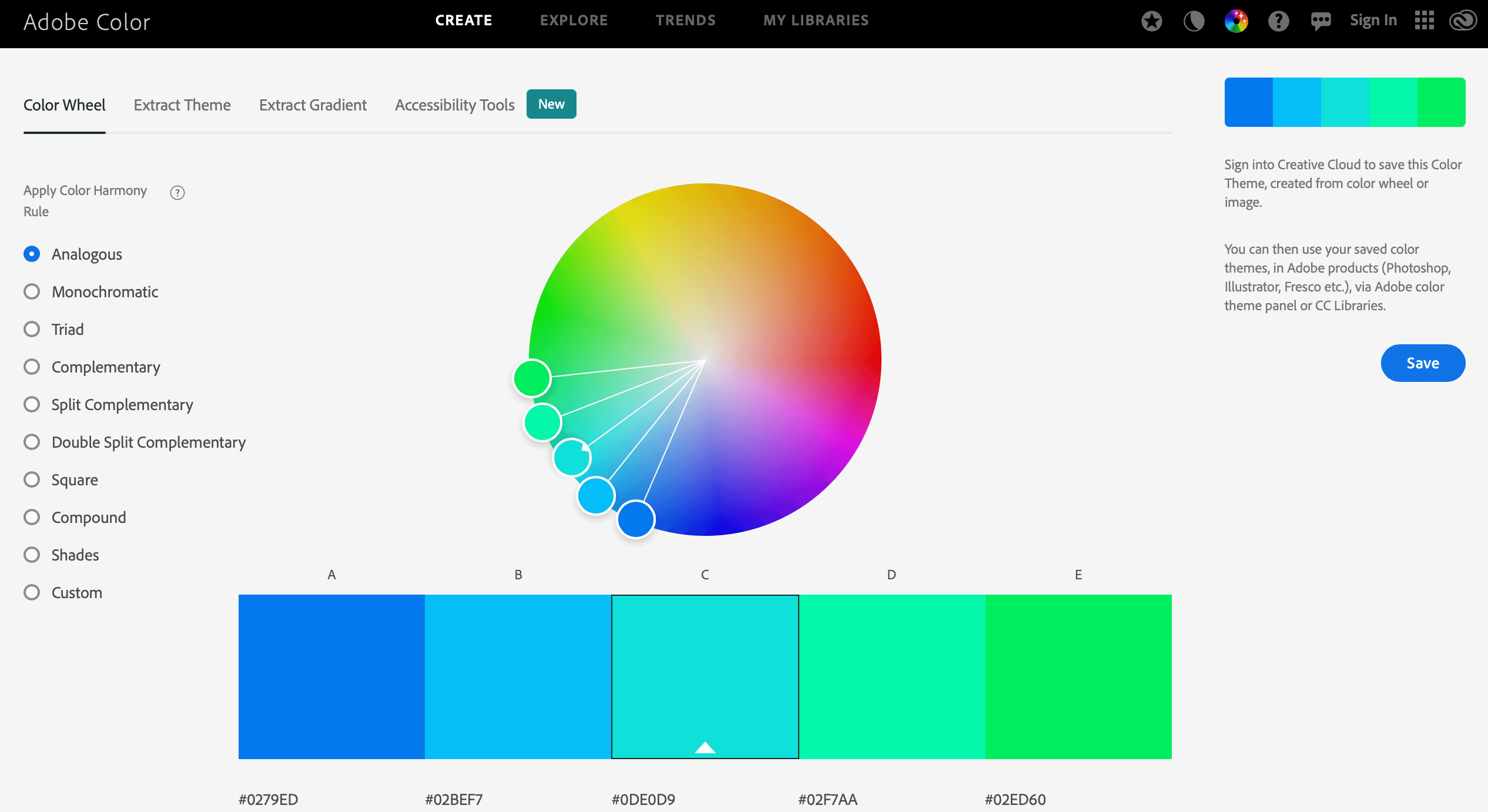

When choosing the primary color, it’s more important to consider how your audience will react to the color choice than the color itself. It’s nearly meaningless to say “red means passion”, or that any color translates to a specific emotion (not to mention this kind of statement has hardly any scientific evidence supporting it). Instead, personal taste, life experiences, cultural considerations, and a host of other factors affect how an individual perceives a color. My second step was to come up with a primary color - everything else would be based on this.Ĭontrary to what a lot of design resources say (and what I thought for a long time), most colors don’t evoke hyper-specific emotions. To generate your own list, ask yourself: does the product need to be perceived as friendly? Robust? Professional? Cutting-edge? Futuristic? or perhaps more down-to-earth? If you’re stuck, think about who the product is being designed for and what you’d like them to think or say when they use the finished version. These never really play directly into the color choices, but serve as guidelines. Typically, I start by coming up with some adjectives that describe the product and the brand values I’d like it to portray.
Color ui swatches for android#
Doctoroo is a medical app for Android which enables users to book video calls and arrange appointments with doctors. I’m going to use an app I designed recently, Doctoroo, as an example to demonstrate the different steps I took and why. When I'm designing a new interface, the principal considerations for the color palette are: the user demographics, where and how the product will be used, and any company branding guidelines. But, choosing it doesn’t have to be overly complicated.
Color ui swatches how to#
Preset libraries renamed to swatch libraries in 2018.Did you know that it only takes 90 seconds for a user to make a judgement about a digital product? Interestingly for us as designers, most of this judgement is based on color.Ĭoming up I’ll give some tips on how to find colors that work together, how you can test them, and finally some handy tools.Ĭhoosing a color palette for your app could be considered the most important part of an app’s visual design, strongly affecting the user’s perception of the quality of the product. More infoĢ018–04–19 Page amended with editorial review A Project stores all of the files that are related to a game, such as the Asset and Scene files. Select the swatch library in the Project In Unity, you use a Project to design and develop a game.To share Project swatch libraries between users, or to include them in a package, add them to a revision control repository. Unity saves Project swatch libraries in the Editor folder of the Assets folder. You can also save a swatch library in your Project.
Color ui swatches windows#
Choose Reveal Current Library Location to view the current library in Windows Explorer/Mac OS Finder.īy default, Unity saves swatch libraries in your user preferences.Choose Create a Library to create a new swatch library and the location to save it in.The List view also displays the names of swatches. Choose List or Grid to change the view.You can also delete a swatch by Alt/Option-clicking it. Right-click a swatch to move it to the top, replace it, rename it, or delete it. If the view is in List mode, optionally type a name for the swatch.Įxample of saving a color while in the Grid viewĭrag and drop swatches to change their order.In the picker window, adjust the color, gradient, or curve to your liking.See in Glossary window, click Background Color. In the Inspector A Unity window that displays information about the currently selected GameObject, Asset or Project Settings, alowing you to inspect and edit the values.For example, select Main Camera in the Hierarchy window. Open the Color Picker, Gradient Editor, or Curve Editor.The Swatches section displays a single library at a time.

Swatches section (red) in the Unity Color PickerĪ swatch library is a collection of swatches that you save in a file. You can save and choose swatches in the Color Picker, Gradient Editor, and Curve Editor. The position of the tangents and the selected interpolation mode for each key determines the shape of the animation curve. Use swatch libraries to reuse, save, and share colors, gradients, and animation curves The curve drawn between keys set for the same animatable property, at different frames or seconds.


 0 kommentar(er)
0 kommentar(er)
